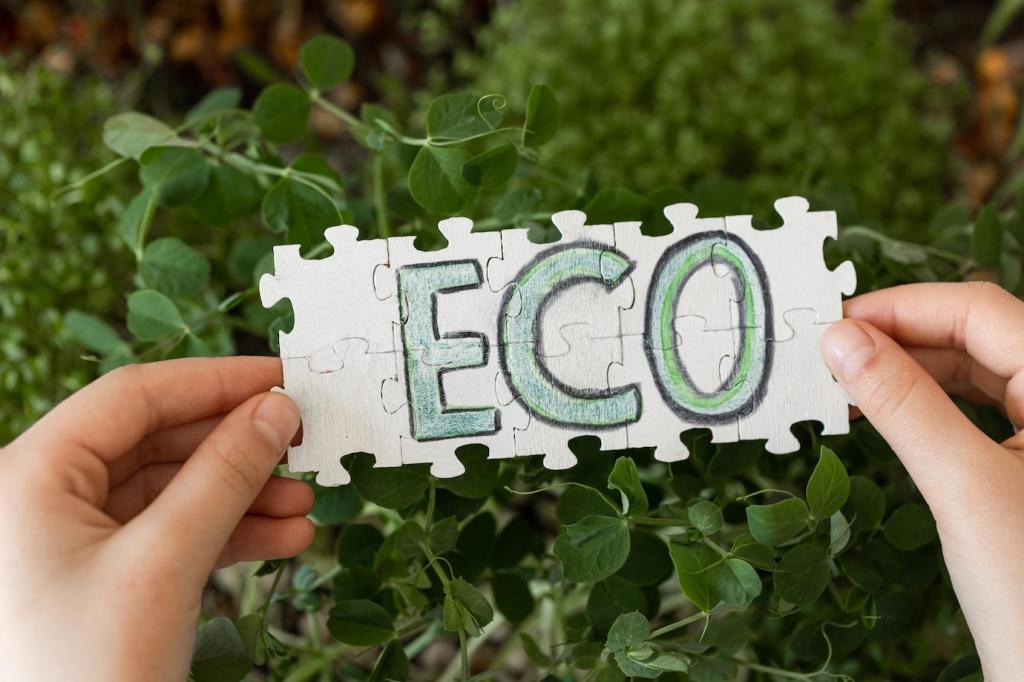This website uses cookies so that we can provide you with the best user experience possible. Cookie information is stored in your browser and performs functions such as recognising you when you return to our website and helping our team to understand which sections of the website you find most interesting and useful.
Sustainable construction involves using processes and materials that minimize environmental impact while maximizing energy efficiency, durability, and resource conservation. This approach aims to create buildings that are healthier for occupants and the planet, reducing waste, emissions, and dependence on nonrenewable resources throughout a structure’s life cycle. Sustainable construction techniques prioritize the efficient use of energy, water, and materials, ensuring that buildings contribute positively to their surrounding ecosystems and communities. Integrating innovative methods with eco-friendly materials can dramatically improve a building’s footprint and resilience, fostering a more sustainable future for construction industries worldwide.
Eco-Friendly Building Materials



